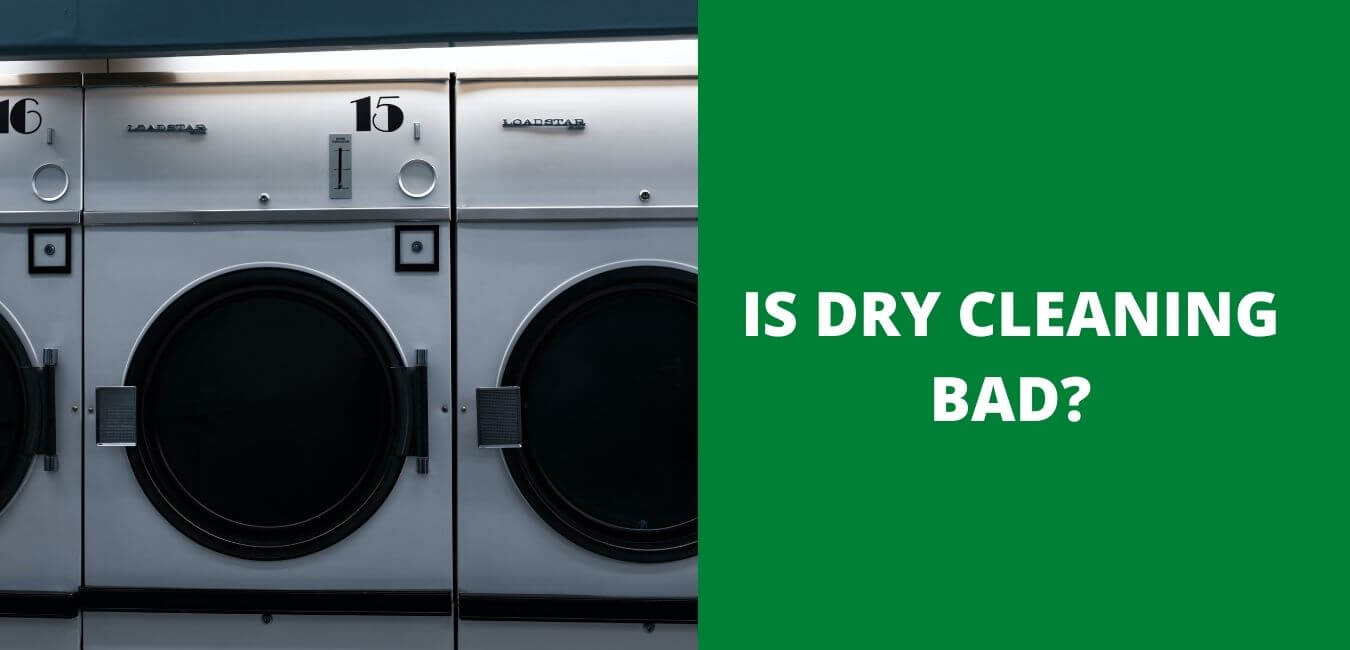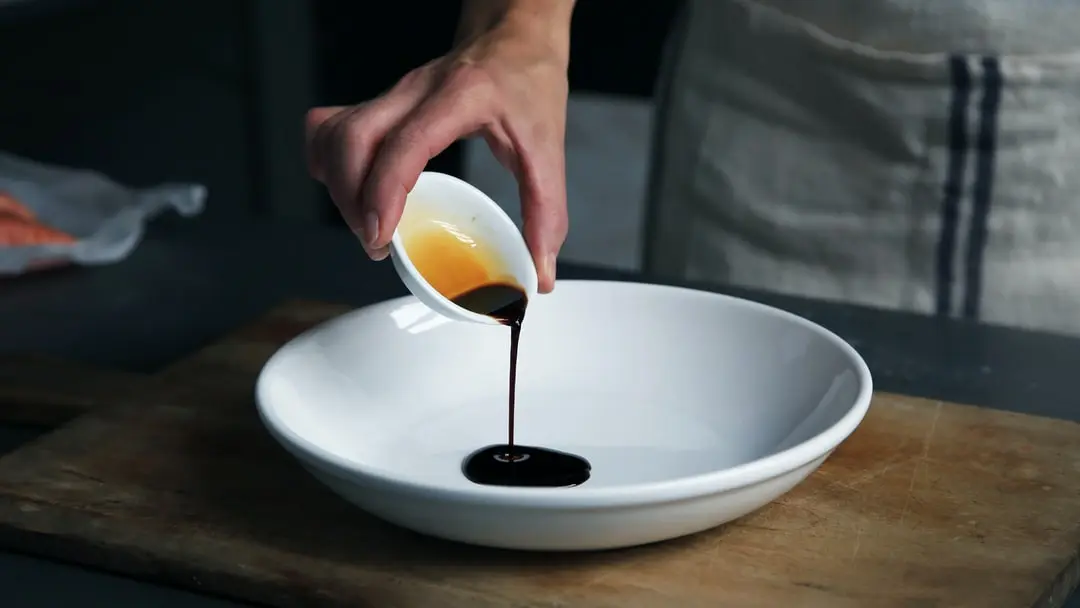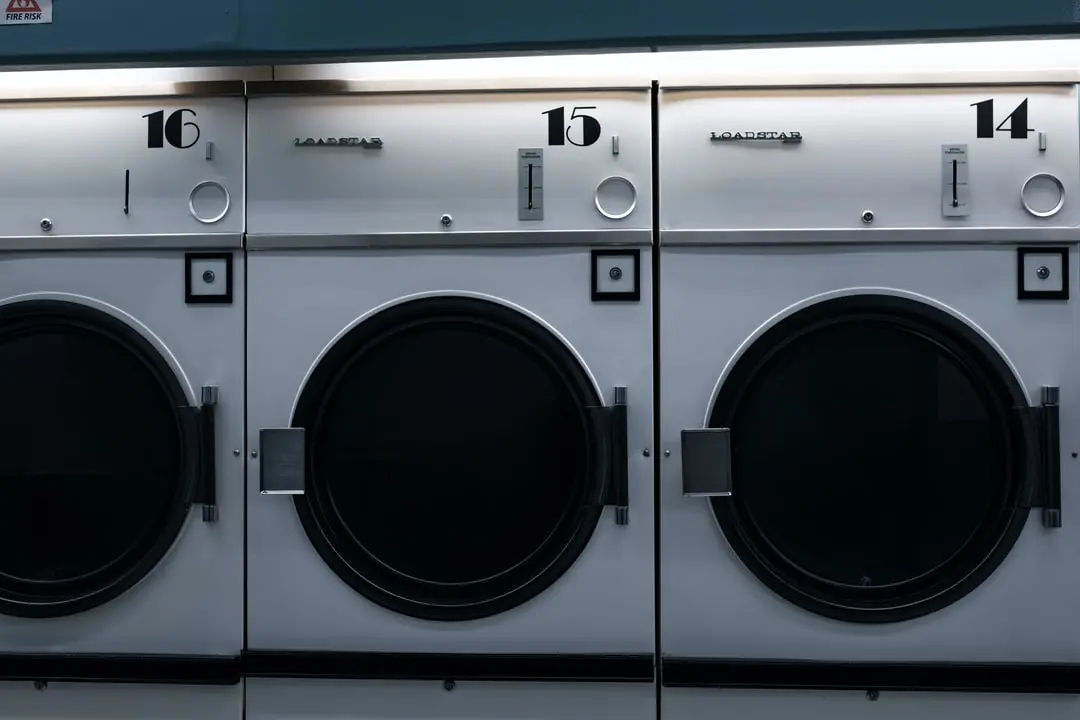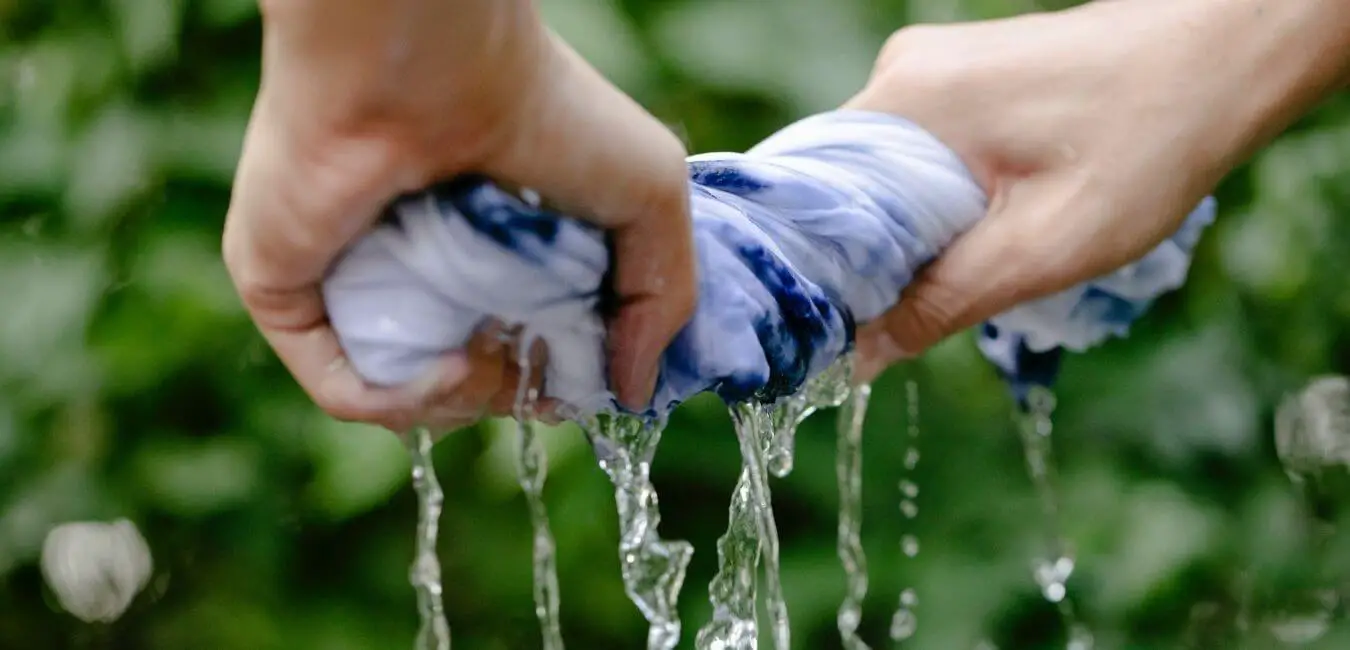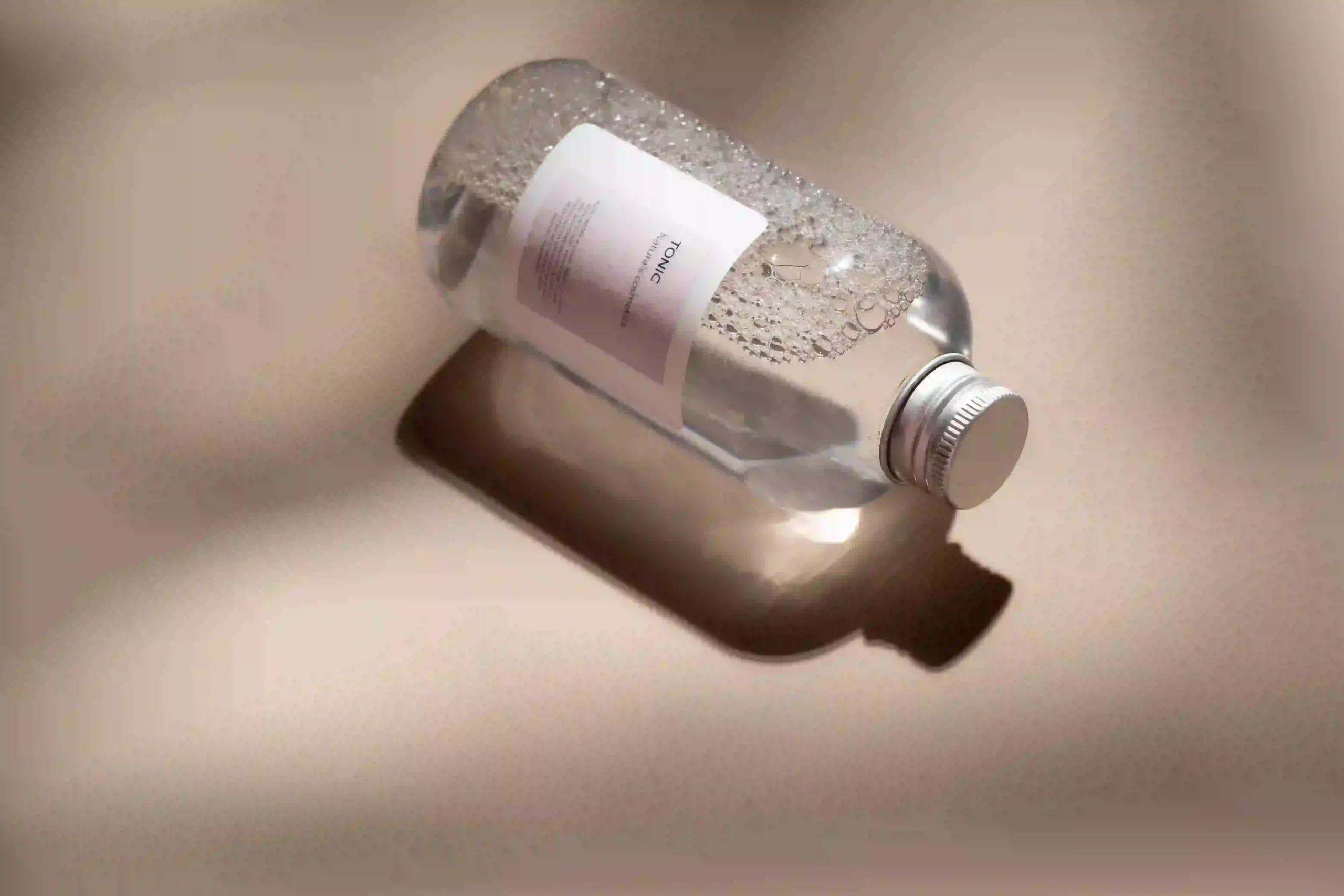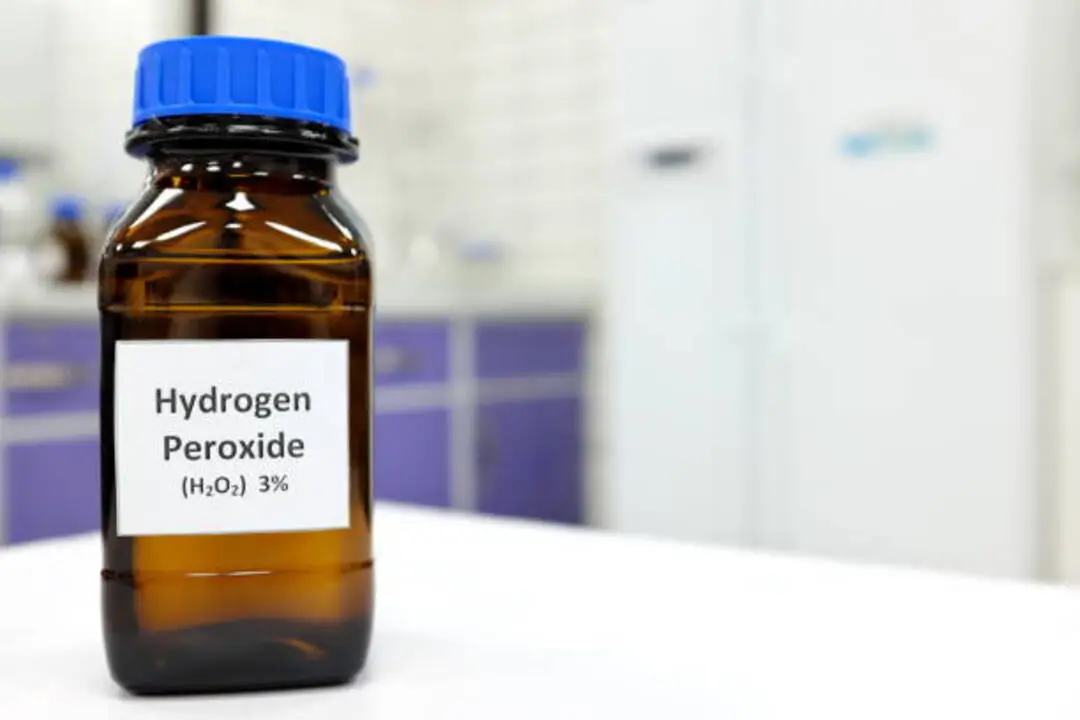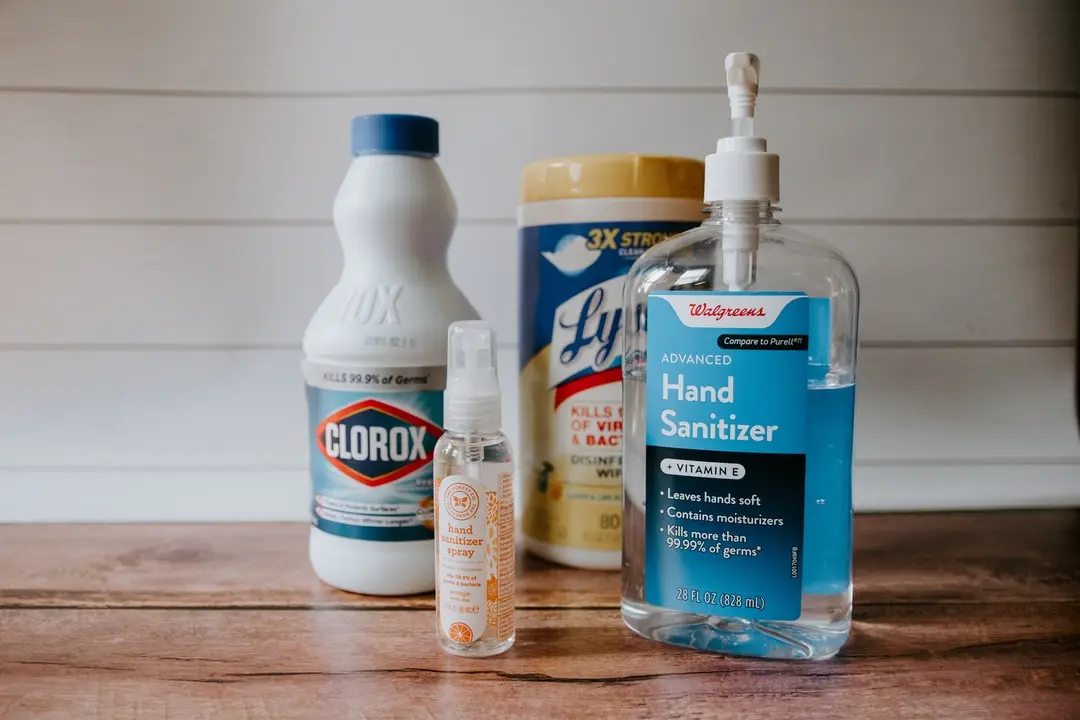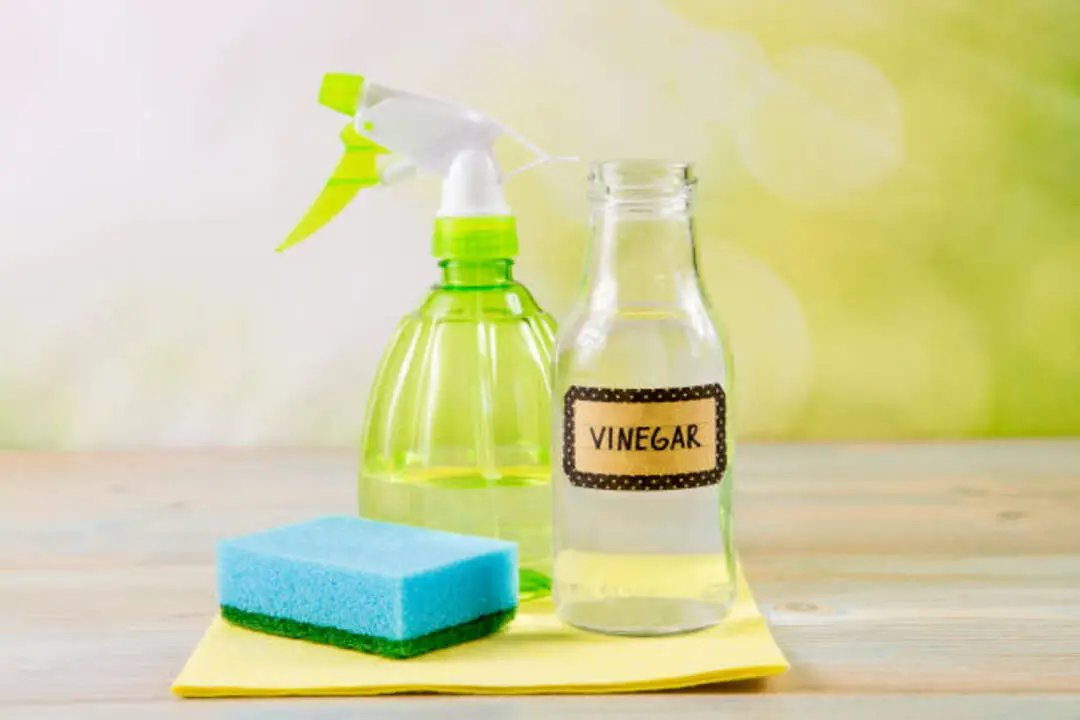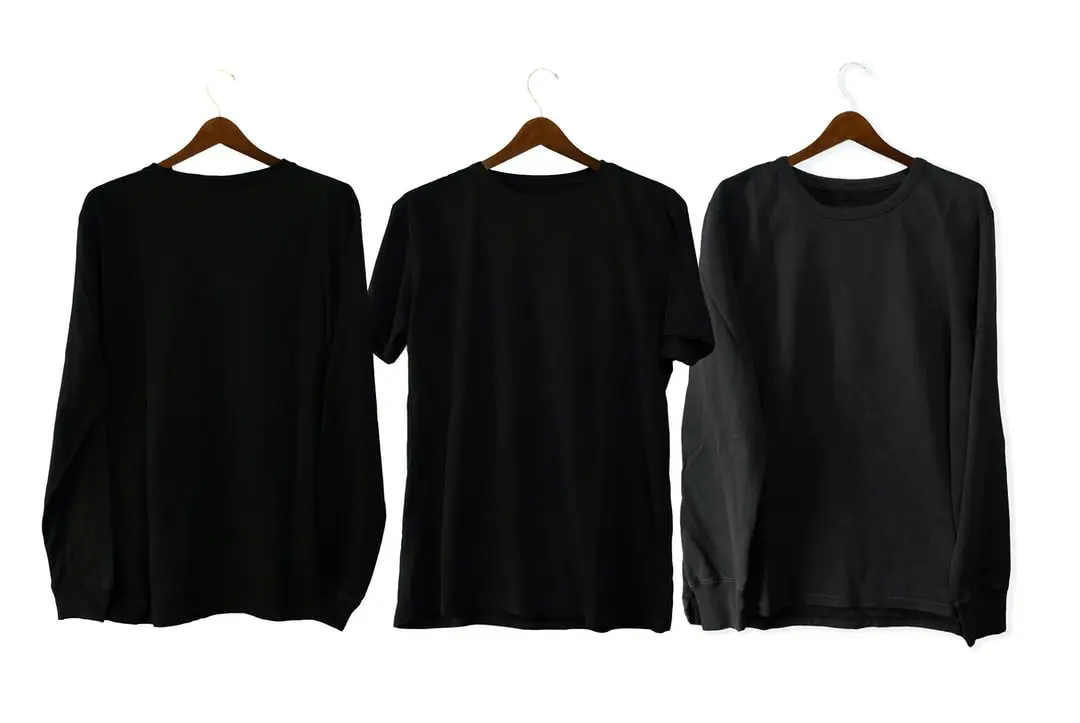Finding your favorite shirt faded or stained after washing can be incredibly frustrating. To prevent color bleeding in dyed fabrics, it’s essential to adopt effective techniques that help maintain your clothes’ vibrant appearance.
Start by sorting your laundry correctly; separate dark colors from lighter ones to minimize the risk of transfer. Additionally, selecting the right washing method—such as using cold water and gentle cycles—can make a significant difference in preserving colors.
New garments often pose the greatest risk of bleeding. For instance, if you purchase a brightly dyed shirt, consider washing it separately for the first few times. This practice helps contain any excess dye that might otherwise affect other items.
Using a color catcher sheet during laundry can also help absorb any loose dye, providing extra protection for your clothes.
Understanding these practices is crucial for maintaining the color integrity of your garments. Incorporating these steps into your laundry routine will keep your clothes looking fresh and vibrant for much longer.
Understanding Color Bleeding
Color bleeding is a frequent problem that can ruin your cherished dyed fabrics. When colors run during washing or come into contact with moisture, it creates unattractive stains that detract from the beauty of your textiles. To grasp this issue, it’s essential to look into the fundamentals of color theory and dye chemistry.
Color theory reveals how different shades interact and influence one another. If dyes aren’t properly set or are of poor quality, the molecular bonds can become weak, leading to bleeding. A basic understanding of dye chemistry will help you realize how various fibers absorb dye and how different types of dyes respond in different conditions.
While dye may seem like a permanent feature of your fabric, it’s crucial to understand that the bond can be unstable. Factors such as water temperature, pH levels, and the type of detergent used can all impact the stability of the dye. Learning how these elements interact enables you to offer practical tips on caring for dyed fabrics and preventing color bleeding.
With this knowledge, you can protect your textiles and help others maintain the vibrant colors they love without concern. For example, using cold water for washing dyed fabrics can significantly reduce the risk of color bleeding. Opting for a detergent specifically designed for colored fabrics can also help maintain the integrity of the dyes.
Consider products like Woolite or Tide Pods designed for colors, as they’re formulated to be gentle on dyed fabrics.
Choosing the Right Fabrics
When it comes to preventing color bleeding in fabrics, selecting the right material is crucial. Different fabric blends react differently to dyes, so understanding their interactions is key. Natural fibers like cotton and wool generally absorb dyes well, but they can bleed if they haven’t been treated properly.
In contrast, synthetic fabrics, such as polyester, typically resist bleeding thanks to their dye compatibility.
When dealing with fabric blends, it’s important to consider their composition. A cotton-polyester blend, for example, may yield inconsistent results when dyed, as each fiber type reacts differently to the dye. To ensure the best outcome, always conduct a test on a small swatch to observe how the fabric behaves with the dye.
To provide high-quality results for your clients, it’s essential to familiarize yourself with the specific dyes that are most effective for your chosen materials. Being knowledgeable allows you to craft stunning, durable pieces that retain their vibrant colors over time.
Selecting the right fabric enhances not only the quality of your project but also ensures the satisfaction of those you serve.
Pre-Wash Fabric Treatments
Before you begin dyeing your fabrics, it’s crucial to give them a thorough pre-wash treatment. This step is vital for ensuring that your vibrant colors remain intact and do not bleed during the dyeing process. A proper fabric pre-treatment effectively removes any residual chemicals and dirt, allowing the dye to bond more efficiently.
Here’s a straightforward guide to help you with pre-wash treatments and dye fixative applications:
| Treatment Type | Purpose | Steps to Follow |
|---|---|---|
| Hot Water Wash | Removes sizing and dirt | Wash in hot water using a mild detergent. |
| Salt Soak | Enhances dye absorption | Soak in a saltwater solution for 30 minutes. |
| Vinegar Rinse | Sets the dye and prevents bleeding | Rinse in a vinegar solution after dyeing. |
Each of these treatments serves a specific purpose that contributes to the overall quality and longevity of your dyed fabrics. A hot water wash eliminates any substances that could hinder dye adhesion, while a salt soak aids in the absorption of dye, leading to more vibrant results. Finally, a vinegar rinse after dyeing helps secure the color, preventing it from fading or bleeding in future washes. Implementing these steps will significantly enhance the outcome of your dyeing project.
Sorting Laundry Properly
To prevent color bleeding, it’s essential to sort your laundry correctly.
Begin by separating dark fabrics from light ones; this simple action can protect your clothes from unwanted dye transfer. It’s also important to take fabric types into account, as various materials may require different care to keep their colors vibrant.
For example, washing cottons separately from delicate fabrics like silk can help maintain their quality and appearance.
Using a color catcher sheet can further safeguard your laundry, as it captures loose dyes during the wash cycle.
Always check care labels for specific washing instructions, as some garments may need cold water or gentle cycles to prevent fading.
Proper sorting not only preserves the integrity of your clothes but also extends their lifespan, allowing you to enjoy them for years to come.
Color-Safe Sorting Techniques
Sorting laundry correctly is crucial for preventing color bleeding and maintaining the vibrancy of your fabrics. Begin by organizing your laundry into three main categories: whites, darks, and colors. This straightforward method significantly minimizes the risk of dye transfer.
If you’re uncertain about how a fabric will react to water, perform a dye stability test. This involves dampening a small, inconspicuous area of the fabric and pressing it with a white cloth. If any dye transfers onto the cloth, it’s advisable to wash that item separately to avoid any color mishaps.
Next, sort your laundry by fabric type to reduce friction that can lead to pilling or fading. Always wash delicate items separately from heavier fabrics to protect their integrity.
It’s also wise to have a specific bin for new clothes, as these items tend to bleed more dye during their initial wash.
Be sure to read care labels for any specific washing instructions. Adhering to these sorting techniques not only helps preserve the quality of your garments but also reflects your consideration for those you serve.
Implementing these practical steps contributes to a more sustainable and vibrant wardrobe for yourself and those around you.
Fabric Type Considerations
When handling laundry, it’s essential to consider the types of fabrics in your load. Natural fibers, such as cotton and linen, behave differently with dyes compared to synthetic blends like polyester or nylon. Recognizing these differences is vital for preventing color bleeding and ensuring that your garments maintain their appearance.
It’s important to examine the fabric finishes as well, since certain treatments can influence how dyes bond with the material. Fabrics that have been treated for colorfastness are less likely to bleed during washing, so prioritize these when sorting your laundry.
Moreover, the pH level of the fabric can affect dye stability; improper pH balance in the wash can lead to unwanted color running.
Select suitable washing cycles based on the fabrics included in your load. Delicate items, such as silk or lace, require gentler cycles to avoid damage, while more durable fabrics like denim can withstand stronger agitation. Always adhere to the care labels provided on garments to preserve the quality and longevity of your clothing.
For example, when washing a load that includes both cotton t-shirts and a polyester blend, use a cold water setting with a gentle detergent to minimize the risk of color transfer.
If you have items that you suspect may bleed, such as new dark jeans, washing them separately or with similar colors can help prevent unwanted dye migration. Using a laundry product designed for color protection can also be beneficial in maintaining the vibrancy of your clothes.
Dark and Light Separation
Properly separating dark and light fabrics is essential for preventing color bleeding in your laundry. When you sort your clothes, you aren’t just organizing; you’re taking steps to keep all garments vibrant and fresh. Dark colors, like navy and black, can release dyes during washing, which may transfer to lighter items. Keeping these colors separate helps create a safer laundry environment and preserves the original colors of each piece.
Consider the stark contrast between your fabrics. For instance, if you wash a bright white shirt alongside a dark red dress, the result could be an unwanted pink hue on the white fabric. This simple act of separation safeguards the integrity of each garment and honors the care you put into maintaining them.
It is also important to pay attention to fabric compatibility. Certain materials, like cotton, are more prone to bleeding than synthetic fabrics such as polyester. Sorting your laundry based on both color and fabric type enhances the longevity of your clothes, allowing you to enjoy them for a longer time.
For optimal results, consider using color catcher sheets in your wash, which can help absorb any loose dyes. This additional step offers extra protection for your lighter fabrics, ensuring they remain bright and unblemished.
Using Cold Water
Using cold water to wash your dyed fabrics can significantly minimize the chances of color bleeding. This method helps keep the colors bright and vibrant while being gentler on the material.
Proper washing techniques with cold water not only protect the appearance of your clothes but also extend their lifespan.
For instance, when washing a bright red shirt, using cold water ensures that the dye stays intact and doesn’t transfer to lighter-colored garments in the wash.
It’s also advisable to use a mild detergent specifically formulated for colored fabrics, as this further reduces the risk of fading.
Incorporating these practices into your laundry routine is essential for maintaining the quality of your favorite clothes.
Consistent care through cold water washing can make a noticeable difference in how long your garments look new and fresh.
Benefits of Cold Water
Cold water is a game changer when it comes to preventing color bleeding in dyed fabrics. Incorporating cold water into your laundry routine not only preserves the vibrancy of your favorite clothes but also enhances their lifespan. Here are several key benefits to consider:
- Reduced Color Bleeding: Cold water retains the integrity of the dye, significantly lowering the likelihood of colors running into one another. This is particularly important for vibrant or dark fabrics that are prone to bleeding when washed in hot water.
- Energy Efficiency: Opting for cold water significantly decreases energy consumption when washing clothes. This choice not only benefits your wallet but also contributes to a more sustainable lifestyle by reducing your carbon footprint.
- Gentler on Fabrics: Cold water is less aggressive on fabric fibers, which helps to minimize wear and tear. This gentleness ensures that your garments maintain their appearance and texture for a longer time, allowing you to enjoy them more fully.
Using cold water for laundry isn’t just a tip; it’s a practical way to care for your clothes while being environmentally conscious.
Consider investing in a cold-water-specific detergent, as these products are formulated to work effectively in lower temperatures, further enhancing your laundry results.
Proper Washing Techniques
To effectively prevent color bleeding in dyed fabrics, it’s essential to use the right washing techniques. Hand washing delicate items is often the best option, as it allows for greater control over the process.
If you need to use a machine, opt for gentle cycles to reduce agitation, which can damage the fabric and lead to color loss. When selecting a detergent, choose mild and color-safe options that are formulated to maintain the fabric’s integrity without altering pH levels.
For heavily soiled garments, pre-soaking can be beneficial, but it’s important to refrain from using fabric softeners during this step, as they may contribute to fading colors.
It’s also wise to consider how often you wash your clothes; excessive washing can wear down dyes and diminish their vibrancy over time.
Water hardness can impact the effectiveness of your detergent, so if you experience residue or stains, treat them immediately with an appropriate stain remover before washing.
After the wash cycle is complete, air drying your fabrics on drying racks is preferable to using the dryer, as heat can exacerbate color bleeding.
Temperature and Color Preservation
Washing dyed fabrics in cold water is an effective way to keep their vivid colors intact. Hot water can cause colors to fade, which diminishes the appeal of your favorite garments over time. Choosing cold water helps protect those delicate dyes from the damaging effects of high temperatures.
Here are some significant advantages of using cold water for your dyed fabrics:
- Reduced Color Bleeding: Cold water effectively prevents dyes from loosening and bleeding into other fabrics. This helps maintain the vibrancy and integrity of each color, ensuring your clothes look their best after every wash.
- Longer Fabric Life: By washing in cold water, you can prolong the lifespan of your garments. This means your favorite pieces will stay bright and beautiful much longer, saving you money on replacements.
- Energy Efficiency: Washing in cold water also conserves energy, which is beneficial for your budget and the environment. It’s a simple way to make a positive impact while caring for your clothes.
When caring for dyed fabrics, keep these tips in mind to extend their life and maintain their color.
Selecting Appropriate Detergents
Selecting the right detergent is crucial for preventing color bleeding in dyed fabrics. To effectively protect those vibrant hues, it’s important to choose a detergent specifically formulated for colored garments. Look for products labeled as “color-safe” or “gentle,” as these are designed to be less aggressive on dyes, helping to maintain the integrity of your clothes.
When making your selection, consider the compatibility of the detergent with the fabric type. Different fabrics respond uniquely to various detergents, so always refer to the care label on your garments. For delicate materials like silk or wool, choose a mild detergent that will clean without damaging the fibers.
In contrast, sturdier fabrics such as cotton or polyester blends can handle more robust detergents, but prioritize options that focus on preserving color.
Washing in cold water enhances the effectiveness of your chosen detergent, further reducing the risk of color bleed and keeping your clothes looking fresh.
Remember that laundry isn’t just about cleaning; it plays a significant role in maintaining the beauty of your wardrobe. Selecting the appropriate detergent not only serves your clothing but also promotes a more sustainable approach to laundry care.
This mindful choice ensures that those colors remain vibrant for an extended period, allowing you to enjoy your garments longer.
Adding Color Catchers
Incorporating color catchers into your laundry routine can significantly reduce the risk of color bleeding. These effective sheets work by attracting and absorbing loose dye, which helps protect your fabrics from unwanted color transfer.
To get the best results, it’s crucial to select the right type of color catcher and adhere to best practices for their use. For instance, using color catchers during mixed loads—where dark and light fabrics are washed together—can safeguard your lighter items from staining. Popular products like Shout Color Catcher or Carbona Color Grabber are well-reviewed for their ability to lock in loose dyes. Always ensure you follow the instructions on the packaging for optimal results.
Another important tip is to wash new clothes separately for the first few cycles. New garments often release excess dye that can easily transfer to other items. By taking this precaution, you can further minimize the risk of color bleeding.
How Color Catchers Work
Color catchers are a practical solution for preventing dye transfer during laundry. These specially designed sheets are engineered to absorb loose dye particles released from fabrics, stopping them from staining other clothes. Familiarity with fabric dye chemistry highlights how these products maintain their effectiveness, ensuring your laundry remains bright and vibrant.
Here’s how color catchers function:
- Dye Absorption: Color catchers are made with specific compounds that attract and trap free-floating dye particles during the wash cycle. This absorption helps keep your whites and colors separate.
- pH Balance: They assist in maintaining an optimal pH level in the wash water, further minimizing the chances of dye bleeding from one fabric to another. This is crucial because an imbalanced pH can lead to more dye release.
- Ease of Use: To use, simply toss a color catcher sheet into your wash alongside your colored and white items; it will automatically start working to protect your clothing.
Using color catchers can save you from the frustration of laundry mishaps, such as white shirts turning pink. Look for brands like Shout Color Catcher or Carbona Color Grabber, both of which are popular and effective options.
Choosing the Right Type
To keep your fabrics vibrant and prevent dye transfer, choosing the right type of color catcher is crucial. Consider the types of fabric dyes involved, as not all color catchers work the same way. Some are tailored for specific dyes, while others can handle a wider range.
Before starting your laundry, it’s essential to test the colorfastness of any new fabrics. This process reveals how likely a fabric is to bleed, which helps you select the most effective color catcher for your needs.
For example, when washing items with bright colors, choose a color catcher designed to capture heavy dye transfer effectively.
Also, think about the size of your laundry load. If you’re washing a large amount of fabric, using multiple color catchers can enhance their performance, ensuring that loose dye doesn’t affect your bright colors.
Selecting the appropriate color catcher not only safeguards your fabrics but also helps maintain the beauty and longevity of your clothing, benefiting both you and anyone else who wears these garments.
Best Practices for Use
Using color catchers can significantly enhance the longevity and vibrancy of your fabrics.
These innovative products play a vital role in your fabric care routine by preventing unwanted dyes from transferring during the wash cycle. Incorporating color catchers into your laundry process actively protects your garments, ensuring they remain as bright and colorful as you want them to be.
Here are some best practices for using color catchers effectively:
- Select the Appropriate Load Size: For standard loads, one or two color catchers will suffice. However, if you’re washing larger loads or particularly vibrant colors, consider adding more to ensure maximum protection.
- Sort by Color: Although color catchers are designed to minimize dye transfer, it’s still advisable to separate darker fabrics from lighter ones when possible. This practice can enhance their effectiveness and help maintain the integrity of your clothes.
- Adhere to Instructions: Always refer to the packaging for specific usage instructions. Different brands may have unique guidelines, and following these can optimize the performance of the color catchers.
Avoiding Overloading the Washer
Overloading the washer can cause a range of issues, particularly with dyed fabrics. Exceeding your washer’s capacity can lead to ineffective cleaning and color bleeding. When clothes are crammed too tightly, they lack the necessary space to move, which disrupts load balancing. This imbalance results in fabrics rubbing against each other, which can cause premature wear and dye transfer.
Understanding the significance of load balancing and washer capacity is crucial for maintaining your laundry. Here’s a useful reference for optimal load sizes based on washer capacity:
| Washer Capacity | Recommended Load Size |
|---|---|
| 3.5 cu ft | 6-8 pounds |
| 4.5 cu ft | 10-12 pounds |
| 5.5 cu ft | 14-16 pounds |
Keeping within these recommended load sizes not only ensures that your clothes are cleaned effectively but also protects them from damage and color fading. It’s important to strike a balance, as this will help prolong the life of your fabrics and maintain their vibrant colors.
Proper Drying Techniques
Drying dyed fabrics correctly is crucial to avoid color bleeding and to keep their vibrancy intact. Selecting the appropriate method based on your fabric type can significantly help in preserving those beautiful colors. Here are some effective drying techniques to consider:
- Air drying: Whenever you can, hang your dyed fabrics outside or in a well-ventilated area. This method minimizes heat exposure, which is a common cause of color fading and bleeding.
- Avoid direct sunlight: While air drying is beneficial, it’s important to protect your fabrics from direct sunlight. Sunlight can cause colors to fade, so choose a shaded area for drying instead.
- Use a clean, dry towel: If you need to expedite the drying process, lay your fabric flat on a clean, dry towel. Gently roll the towel with the fabric inside to absorb excess moisture. This technique helps maintain the fabric’s color integrity.
Implementing these drying methods not only prolongs the life of your dyed fabrics but also ensures that their colors remain vibrant for future use.
Ironing With Care
Ironing dyed fabrics demands careful attention and skill to avoid color bleeding and preserve their look. Before you start, it’s essential to identify the types of fabric you’re working with. Different materials, like cotton, silk, and polyester, respond differently to heat, so adjusting your heat settings is vital.
For example, silk and delicate blends require low temperatures, while cotton can tolerate higher heat.
To provide extra protection for your fabrics, using a pressing cloth is a smart choice. This thin layer placed between the iron and the fabric significantly reduces direct contact, lessening the chance of color transfer.
Whenever possible, iron your garments inside out. This technique helps protect the outer layer from excessive heat exposure.
Keeping your iron clean is equally important. Residue from previous ironing sessions can stain your dyed fabrics, leading to unwanted discoloration.
It’s also wise not to linger over any one area for too long; a swift pass of the iron is usually adequate. By following these guidelines, you can ensure your dyed fabrics remain vibrant and appealing, showcasing your attention to detail and care for their appearance.
Storing Dyed Fabrics Safely
Properly storing dyed fabrics is crucial for preserving their vibrancy and preventing color bleeding. Creating an ideal environment helps minimize the risk of damage. Start by regulating humidity and temperature; excessive moisture or heat can lead to fading or bleeding.
Here are some essential tips for effective fabric storage:
- Light Exposure: Keep dyed fabrics away from direct sunlight to avoid color fading. Sunlight can quickly degrade fabric dyes, so store them in a dark area or use opaque containers.
- Air Circulation: Opt for breathable storage containers that allow air circulation. This helps reduce the risk of mold or mildew, which thrive in damp environments. Consider using cotton or linen bags instead of plastic, which can trap moisture.
- Protective Coverings: Use protective coverings such as cotton sheets or garment bags to shield your fabrics from dust and pollutants. This extra layer of protection can significantly extend the life of your fabrics.
When it comes to folding your fabrics, avoid tight folds that can create creases or stress points. Instead, use gentle stacking methods that distribute weight evenly. For example, roll delicate fabrics instead of folding them to prevent creasing.
If stacking is necessary, place heavier items at the bottom and lighter ones on top to avoid crushing.
Taking these steps will help maintain the quality and appearance of your dyed fabrics, ensuring they look beautiful for years to come.
Regular Maintenance Tips
Regular maintenance of your dyed fabrics is crucial for preserving their vibrant colors and preventing dye bleeding.
Start by washing your items in cold water with a gentle detergent specifically formulated for color care. It’s important to avoid bleach and harsh chemicals, as these can strip away the dye, leading to fading and discoloration.
For drying, it’s best to air-dry your dyed fabrics whenever possible. If you need to use a dryer, select a low heat setting to reduce the risk of damage.
Always wash fabrics of similar colors together to prevent any unwanted dye transfer. If you notice any bleeding during the wash, act quickly by rinsing the fabric in cold water and using a color-safe detergent to treat the area.
Ironing also demands careful attention. Set your iron to a low heat and place a cloth between the iron and the fabric to safeguard the dye.
Regularly inspect your fabrics for stains and treat them promptly, as delays can make stains more difficult to remove.
For delicate fabrics, consider seeking professional cleaning services periodically.
Implementing these straightforward maintenance practices will help you maintain the beauty of your dyed fabrics, ensuring that they remain vibrant and enjoyable for you and your loved ones.
Conclusion
To maintain the vibrancy and freshness of your dyed fabrics, it’s crucial to follow certain guidelines. Approximately 40% of color bleeding in laundry occurs during the first wash, making it vital to pre-wash new garments and sort your laundry effectively. Washing in cold water helps to preserve colors, as hot water can cause dyes to run. Additionally, using color catchers—special sheets that trap loose dyes—can significantly minimize the risk of bleeding.
Taking these precautions is essential for keeping your favorite pieces looking their best for as long as possible. For instance, when you purchase a new brightly colored shirt, consider washing it separately the first few times to prevent any unwanted transfer of color to other items. With a bit of care and attention, you can enjoy the beauty of your dyed fabrics without worrying about fading or bleeding.


